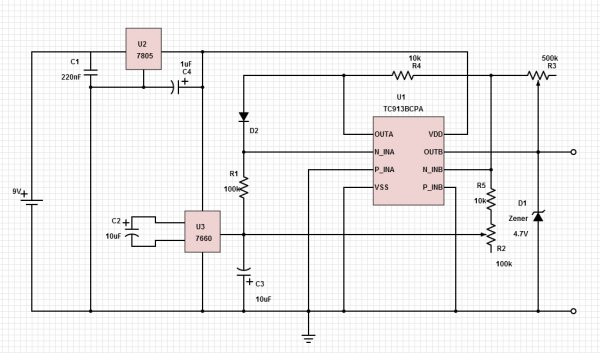A thermometer is utilized to quantify the temperature of solids, liquids, or gases. A thermometer contains a fluid (normally mercury or a liquor arrangement) in a supply whose volume is directly reliant on the temperature (as the temperature expands, the volume increments). At the point when the fluid is warmed it ventures into a thin tube that has been aligned to demonstrate the temperature. Temperature can be recorded in Celsius, Fahrenheit, or Kelvin, accordingly it is imperative to note which scale the thermometer is balanced for.
This Do It Your Own (DIY) digital thermometer circuit can measure temperatures up to 150°C with an accuracy of ±1°C. The temperature is read on a 1V full scale-deflection (FSD) moving-coil voltmeter or digital voltmeter.
Operational amplifier IC 741 provides a constant flow of current through the base-emitter junction of NPN transistor BC108. The voltage across the base-emitter junction of the transistor is proportional to its temperature. The transistor used this way makes a low-cost sensor. You can use silicon diode instead of transistor. The second operational amplifier is amplified by the small variation in voltage across the base-emitter junction, before the temperature is displayed on the meter. Preset VR1 is used to set the zero reading on the meter and preset RV2 is used to set the range of temperature measurement. Operational amplifiers operate off regulated ±5V power supply, which is derived from 3-terminal positive voltage regulator IC 7805 (IC1) and negative low-dropout regulator IC 7660 (IC2). The entire circuit works off a 9V battery. Assemble the circuit on a general-purpose PCB and enclose in a small plastic box. Calibrate the thermometer using presets RV1 and RV2. After calibration, keep the box in the vicinity of the object whose temperature is to be measured.
For more detail: Digital Thermometer Circuit


